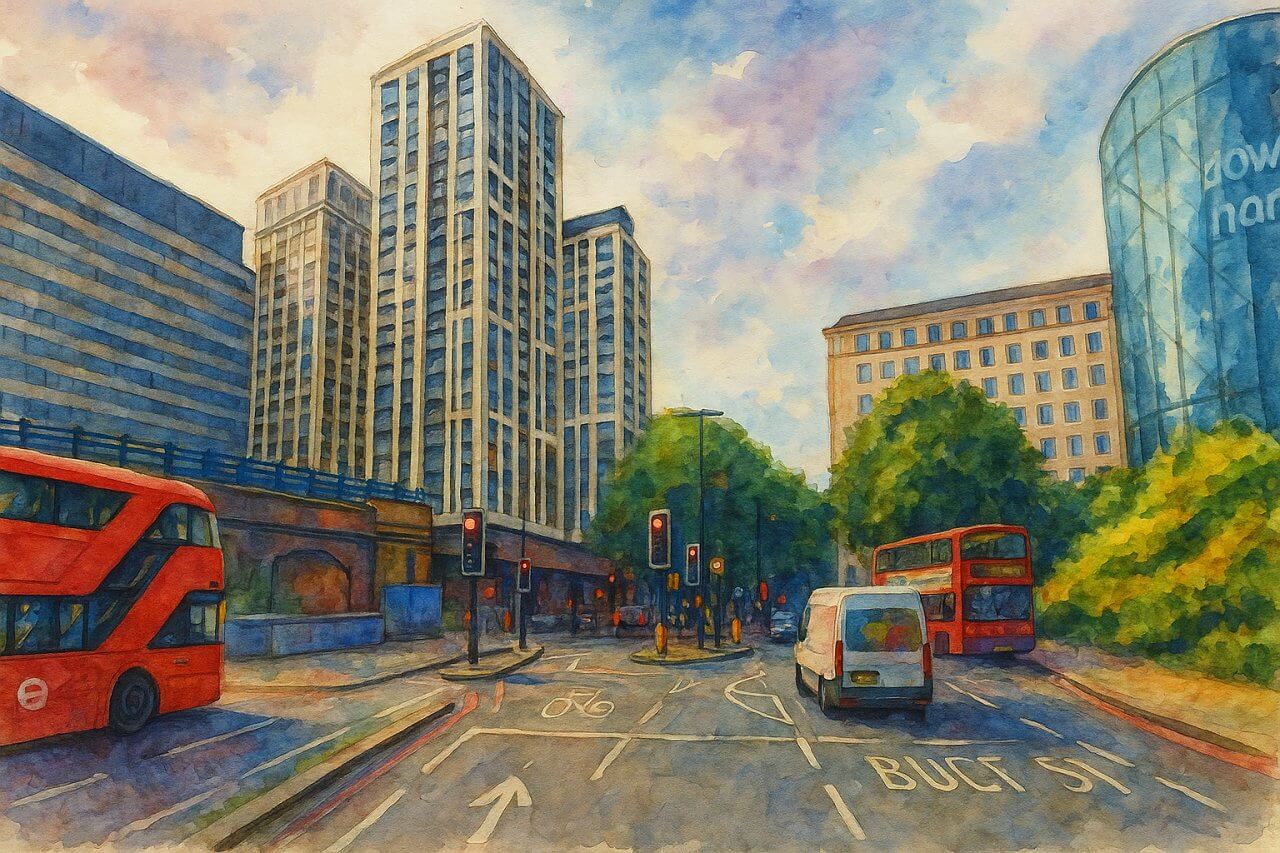
Central London
Introducing Central London
Central London refers to the innermost part of Greater London—the city’s beating heart, where government, business, tourism, and culture converge. This iconic area is home to many of the UK’s most famous landmarks, including Westminster Abbey, St Paul’s Cathedral, Covent Garden, and the Tower of London. It is also the seat of national governance, as well as a bustling hub of economic activity, entertainment, and heritage.But where exactly is Central London?
While not a borough or administrative region in itself, the term “Central London” is widely used for planning, statistical, and tourism purposes. It broadly describes the area enclosed by the inner ring road and includes parts of multiple boroughs.Size and Population of Central London
The size of Central London is subject to interpretation, but in planning and policy contexts, it is often defined by the Central Activities Zone (CAZ), which spans an area of around 9 square miles (22 square kilometres).Despite being a small portion of Greater London in size, Central London is densely populated and intensively developed. It has a residential population of around 250,000 people, but this number can swell to several million daily due to commuters, tourists, and workers.
The daytime population is particularly high, with over 1.5 million people estimated to be in Central London on an average weekday.
Boroughs Included in Central London
Central London overlaps multiple boroughs rather than existing as a standalone entity. These boroughs are either partially or entirely considered part of Central London for various administrative, planning, or cultural purposes.The main boroughs that include areas considered part of Central London are:
- City of London
- City of Westminster
- Camden
- Kensington and Chelsea
- Islington
- Southwark
- Lambeth
- Hackney
- Tower Hamlets
- City of London
- City of Westminster
- Camden
- Kensington and Chelsea
- Islington
- Hackney
- Tower Hamlets
- Southwark
- Lambeth
What Percentage of London Lives in Central London?
London as a whole (Greater London) has a population of over 9 million people. Central London’s residential population is approximately 250,000, which represents around 2.7% of Greater London’s total population.However, in terms of influence, infrastructure, and daily activity, Central London plays an outsized role. It is the epicentre of transport networks, tourism, finance, and national government, making its significance far greater than its residential footprint.
Origin of the Term "Central London"
The concept of Central London dates back to the late 19th and early 20th centuries, when population density, economic activity, and administrative needs required a way to distinguish the inner core of the city from its suburban areas.The term gained more formal recognition with the creation of the London County Council in 1889 and then the Greater London Council in 1965, as urban planning required the designation of distinct zones.
Since then, the definition has evolved. Today, the most widely accepted boundary is the Central Activities Zone (CAZ), which is used by the Greater London Authority and in the London Plan for urban planning and investment.
The CAZ is not fixed and has been refined over time to include areas of increasing importance to London's central economy, such as parts of the South Bank and eastern fringe areas near Shoreditch and Clerkenwell.
How Has Central London Changed Over Time?
The idea of what constitutes Central London has shifted in step with the city’s growth and transformation.During the industrial era, much of London’s industry was located close to the Thames in the inner boroughs. As the city expanded outward, Central London became more focused on commercial, administrative, and cultural functions.
In recent decades, developments like the regeneration of King’s Cross, South Bank, and the Docklands have led to an expansion of what is considered "central" in both functional and geographic terms.
The rise of modern architecture, transport hubs, and pedestrian-friendly infrastructure has also made the area more accessible and appealing—not just to locals and workers, but to visitors from around the globe.
Fun Fact: The World’s Oldest Underground System
One of the most fascinating aspects of Central London is that it is home to the world’s oldest underground railway system—the London Underground, affectionately known as “the Tube.”The first section opened in 1863 between Paddington and Farringdon, cutting through what we now know as the heart of Central London. Today, the area is served by nearly every line on the Underground map, making it one of the most interconnected urban centres on the planet.
Landmarks and Sights Found in Central London
Tourists and Londoners alike flock to Central London to see many of the UK’s most iconic sights:- Westminster Abbey and the Houses of Parliament
- St Paul’s Cathedral
- London Eye and South Bank
- Trafalgar Square and National Gallery
- Oxford Street, Regent Street, and Covent Garden
- British Museum in Bloomsbury
Quick Facts
| Area | Approx. 9 square miles (22 sq km) |
| Residential Population | ~250,000 |
| Percentage of Greater London’s Population | ~2.7% |
| Daytime Population | 1.5 million+ |
| Boroughs Included | 9 main boroughs (7 north of the Thames, 2 south) |
| Main Administrative Definition | Central Activities Zone (CAZ) |
| Historic Origin | Term formalised in late 19th–early 20th century |
| Fun Fact | Home to the world’s first underground railway (opened in 1863) |
Map of Central London

Painting of Central London (View image in full size)